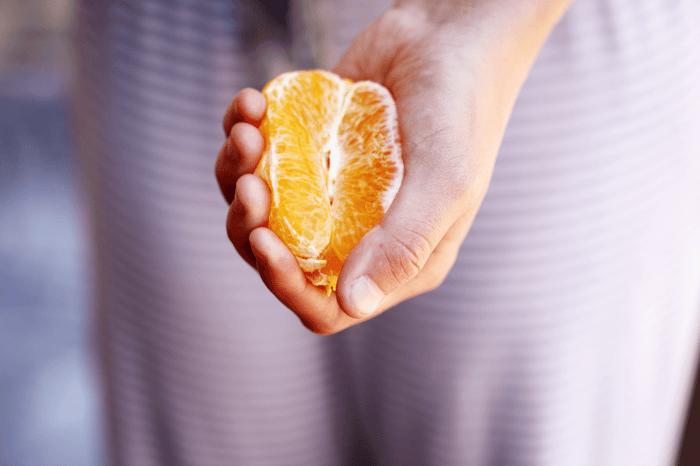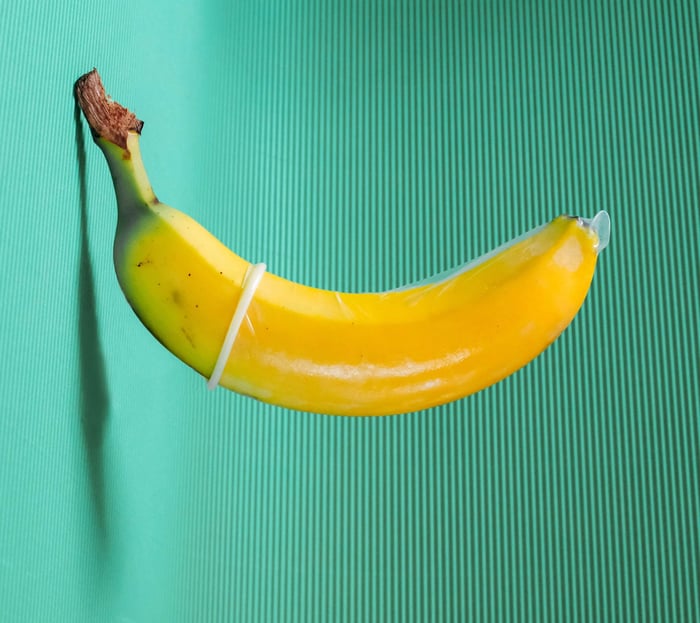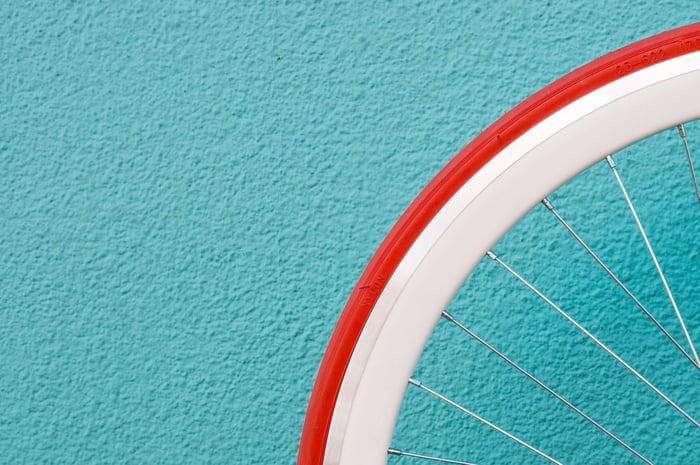Here’s what we know: we get our period for the first time during our adolescence, bleed at regular or semi-regular intervals, and then, at some point, it stops. Seems simple enough, right?
We understand what periods are, what purpose they serve, and how to deal with them. Hopefully. But do we know what exactly happens in our bodies in order for this process to take place? Where really does the blood itself come from?
Let’s break this down.
Menstruation is just one part of the reproductive cycle. Every month, an egg, produced in the ovaries, travels down through the fallopian tube. If it gets fertilized by a sperm cell while it’s there, the fertilized egg can attach itself to the lining of the uterus.
If it doesn’t, and travels down unfertilized, the uterus sheds its lining - what we know as our period fluid - which then passes out through the vagina during our period.
That’s the simple explanation. But how does the uterine lining just know when to shed?
This uterine lining is also known as the endometrium. The uterus itself, as you may know, is the organ that receives the embryo, sheltering the fetus through its development.
The uterine walls are made up of three layers - the perimetrium, the myometrium, and the endometrium. The three of these work together to nourish and provide a comfortable home for the (potential) fetus. During the menstrual cycle, our bodies produce increased levels of estrogen and progesterone, which enable the endometrial walls to thicken in preparation.
It is in the thickened endometrium that the fertilized egg would attach itself to. When no fertilized egg attaches, this layer is what comes apart and sheds during your menstrual cycle.
You may also notice some clots in your period fluid. Most of the time, this is normal - like we said, our periods are a mix of blood cells, tissue from the endometrium, as well as proteins that help regulate flow. Menstrual cups like the nixit menstrual disc are great for helping you get to know your flow better by seeing the colour, texture and consistency of your period.
In case you feel like your clots are larger than usual, or that your flow is unexpectedly heavy, it’s important that you consult with your health care provider. Everyone is unique, you know your body best and you are the best advocate for yourself.




